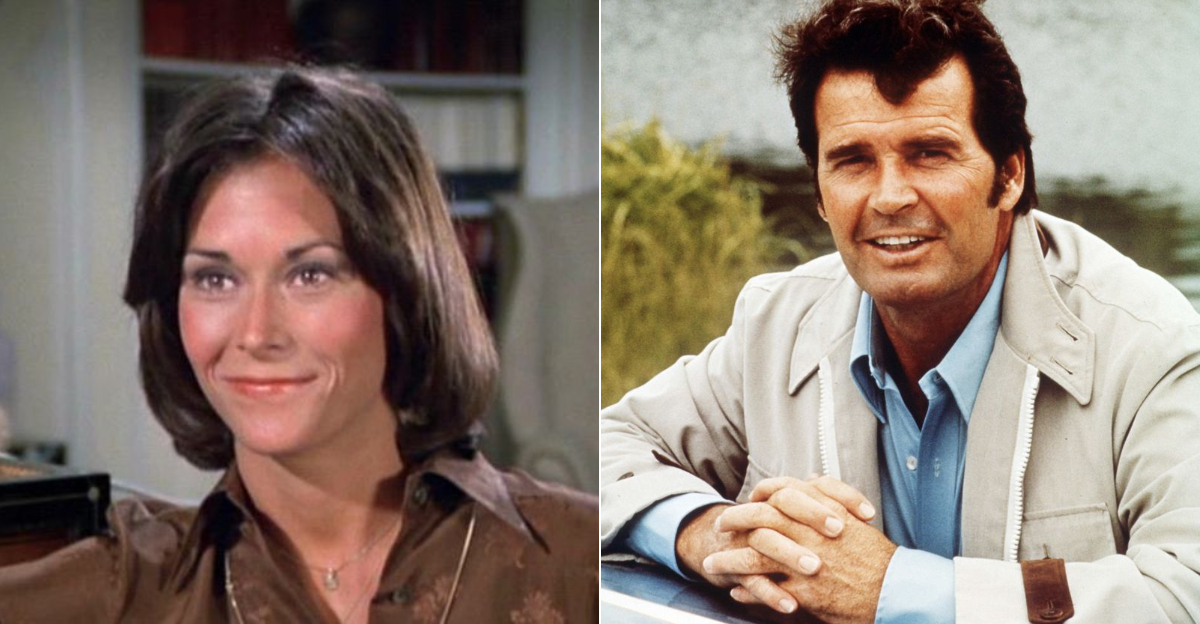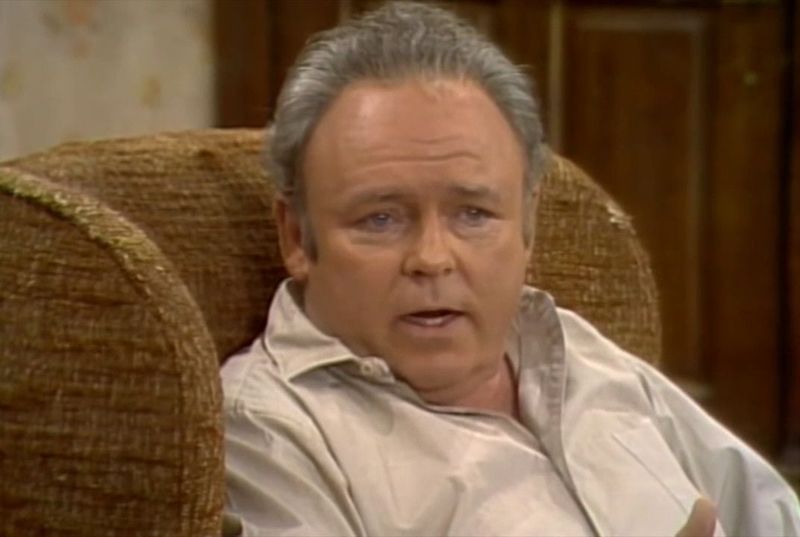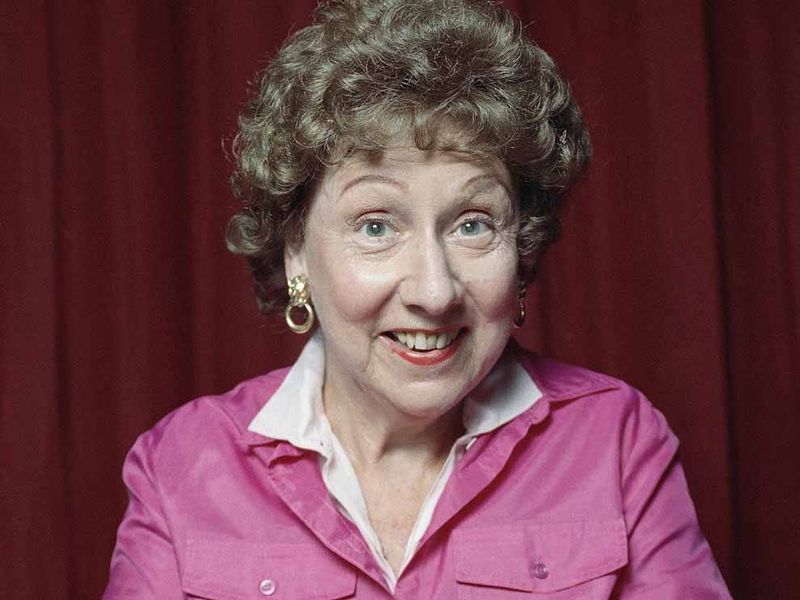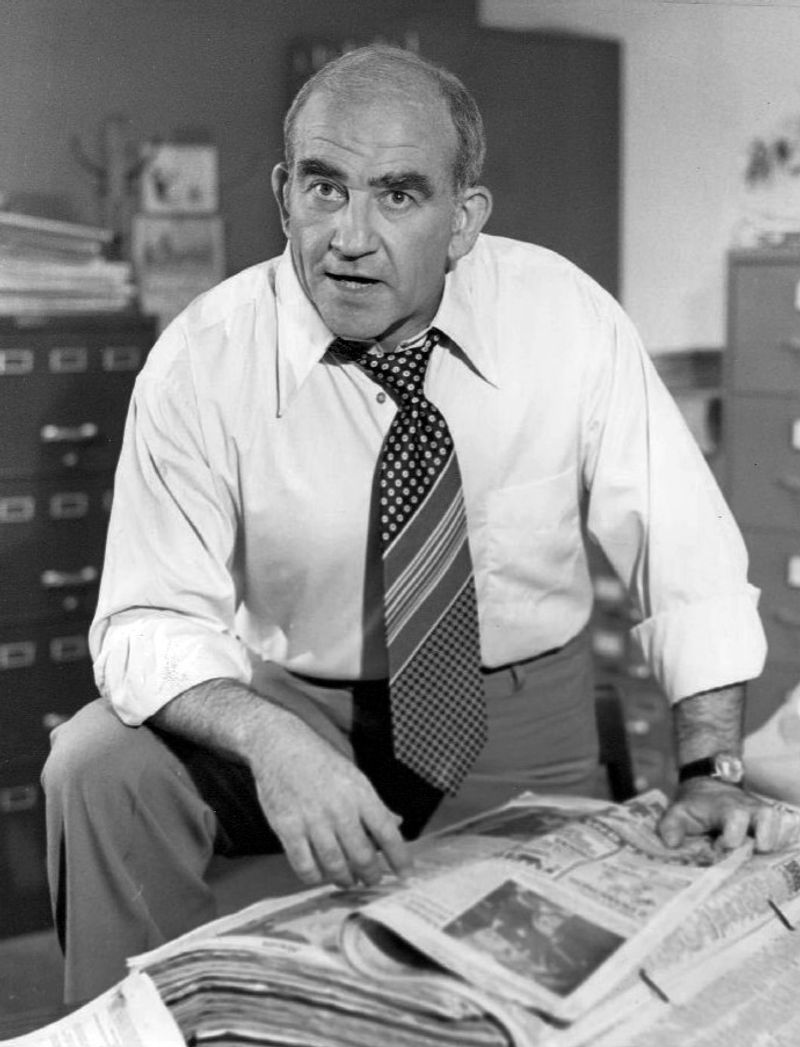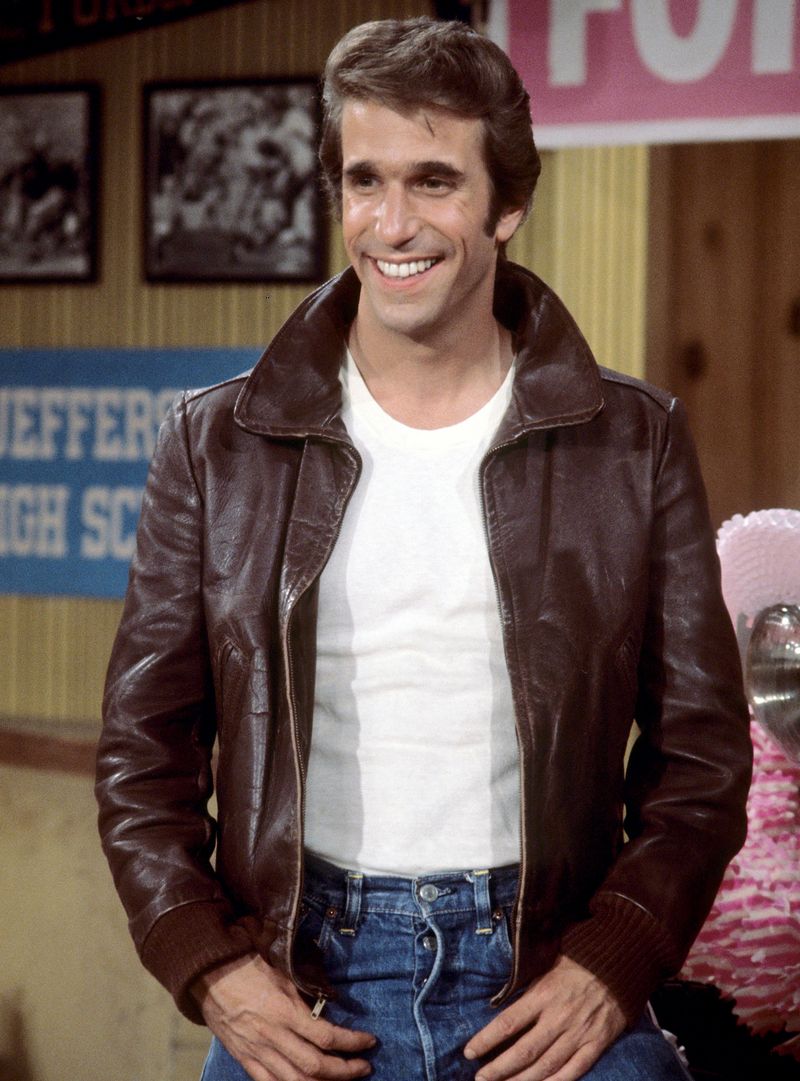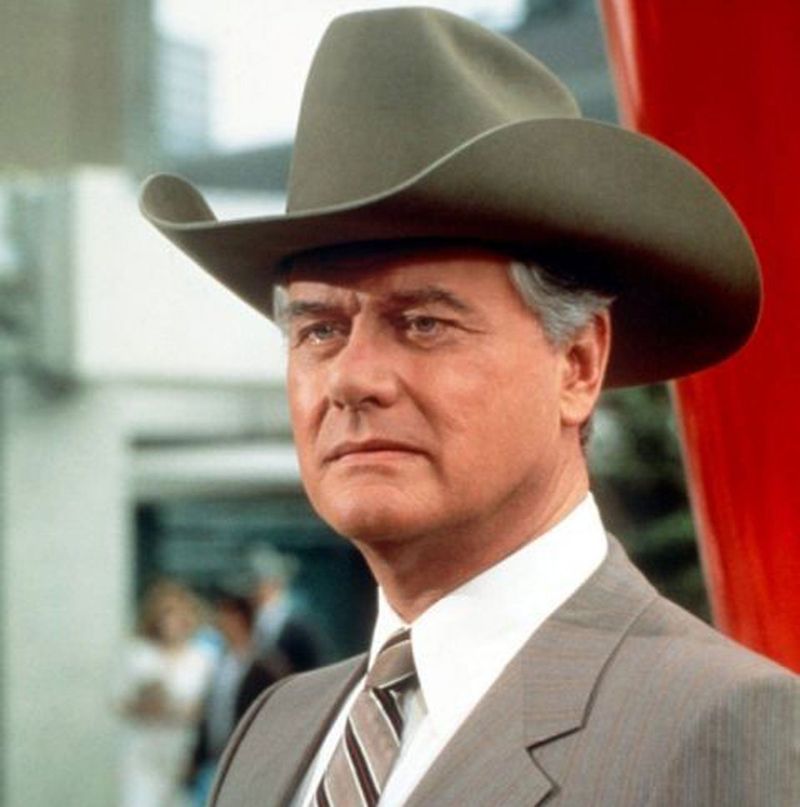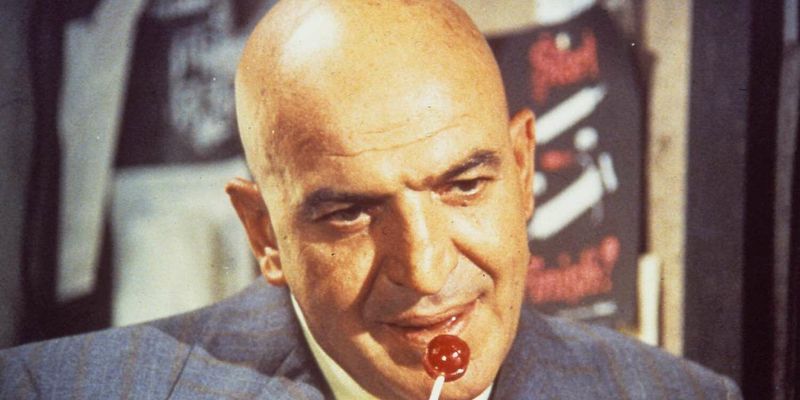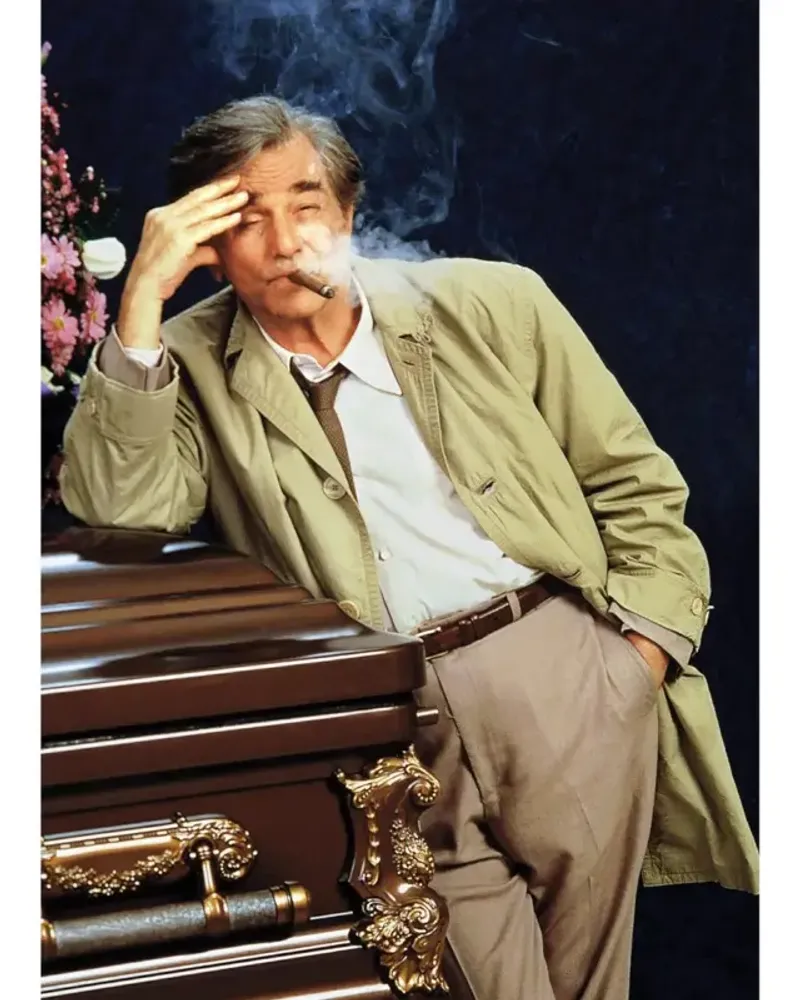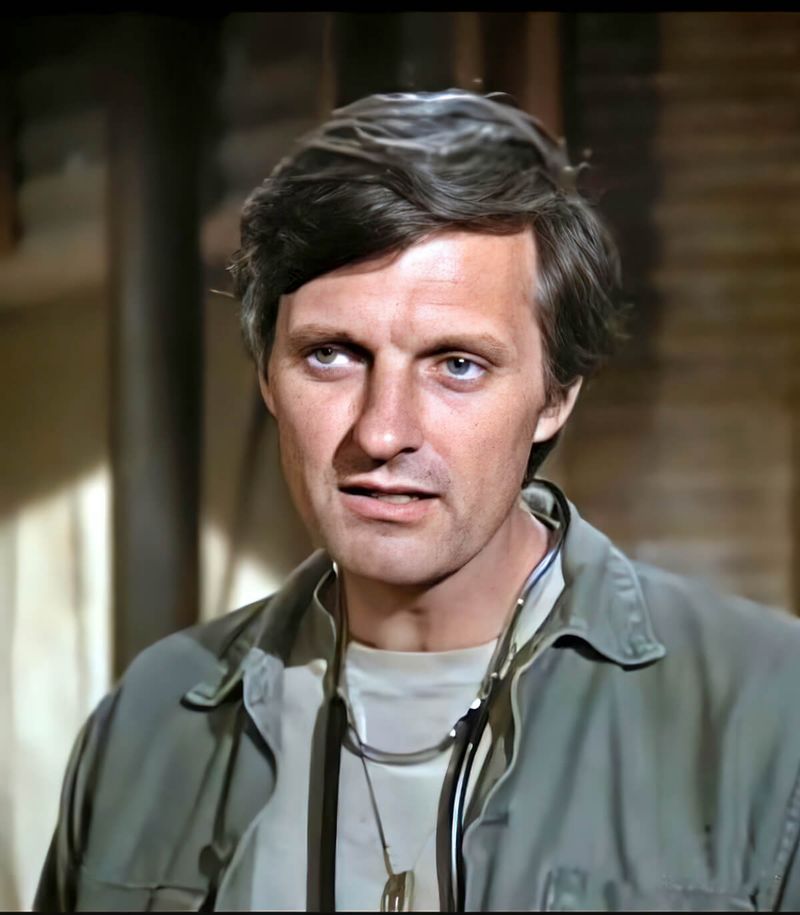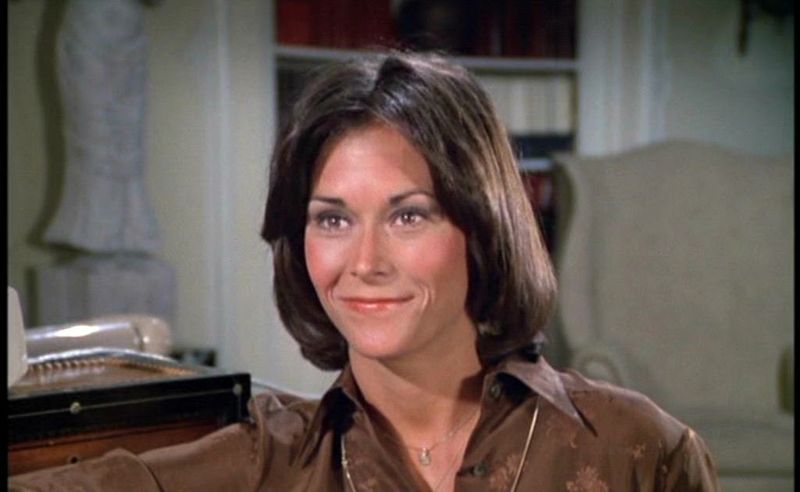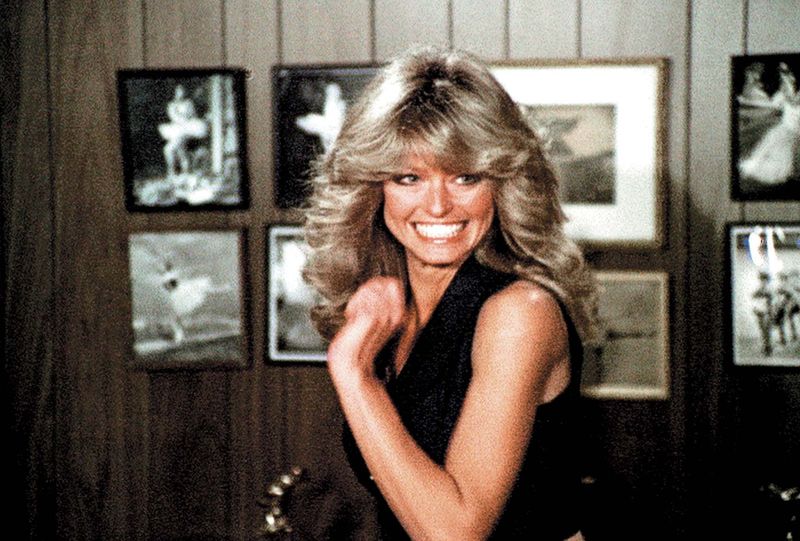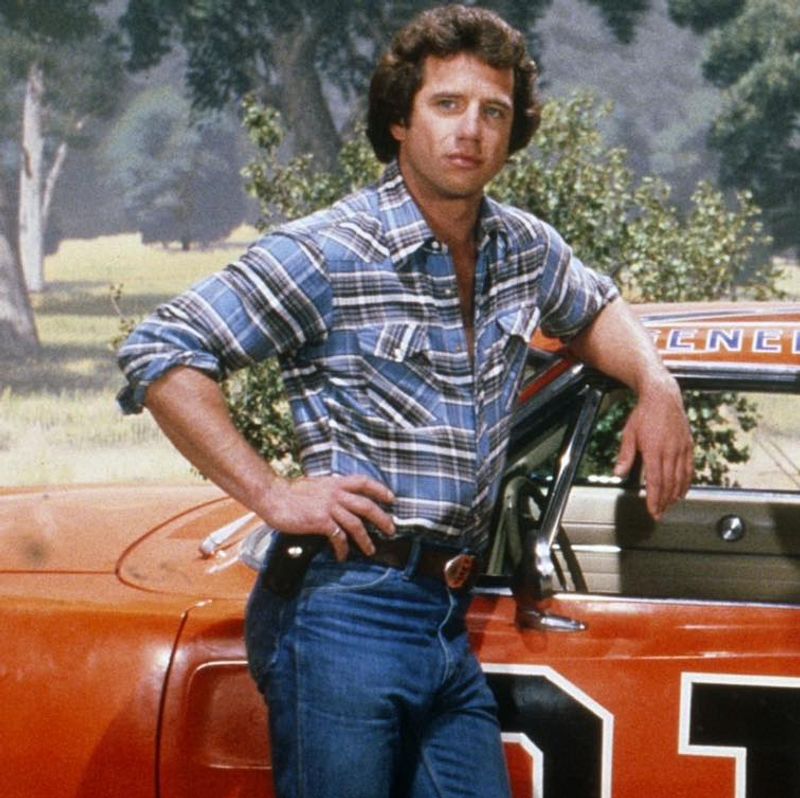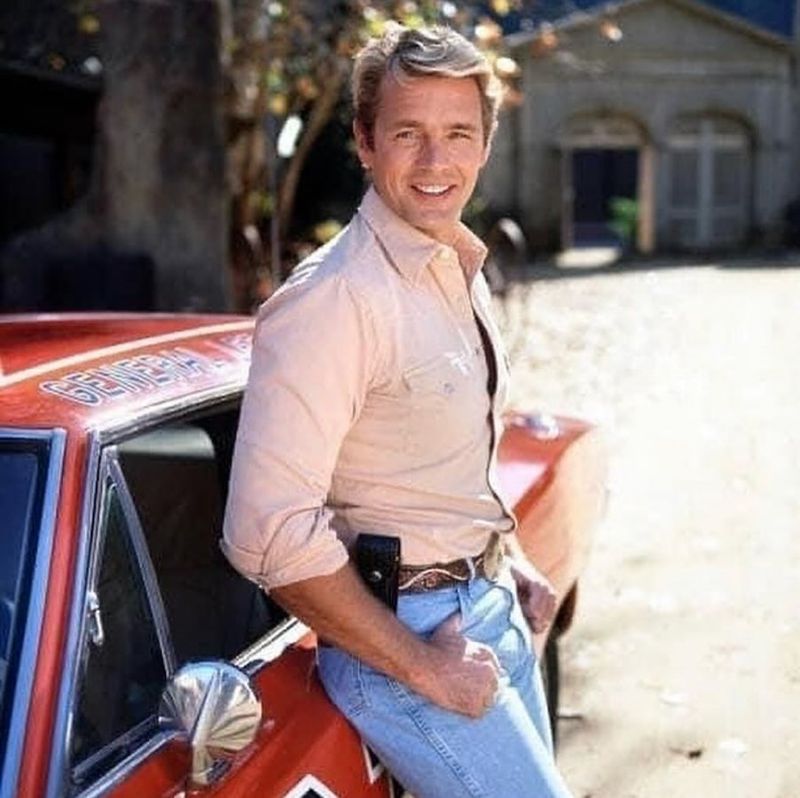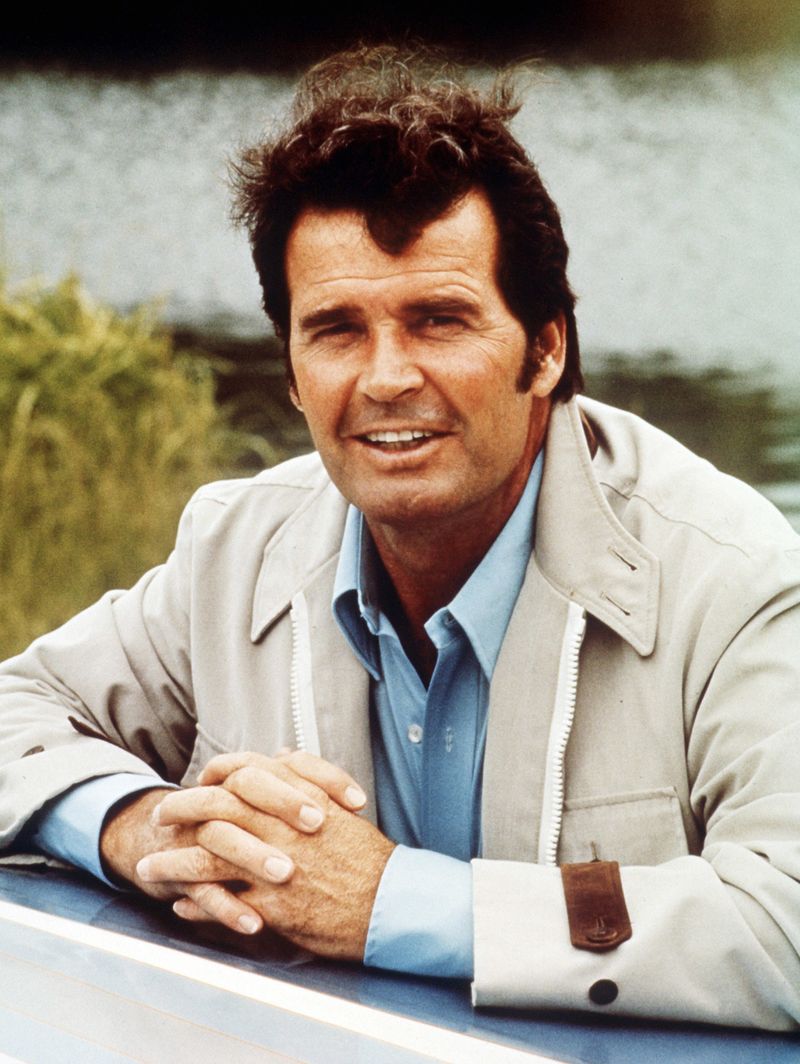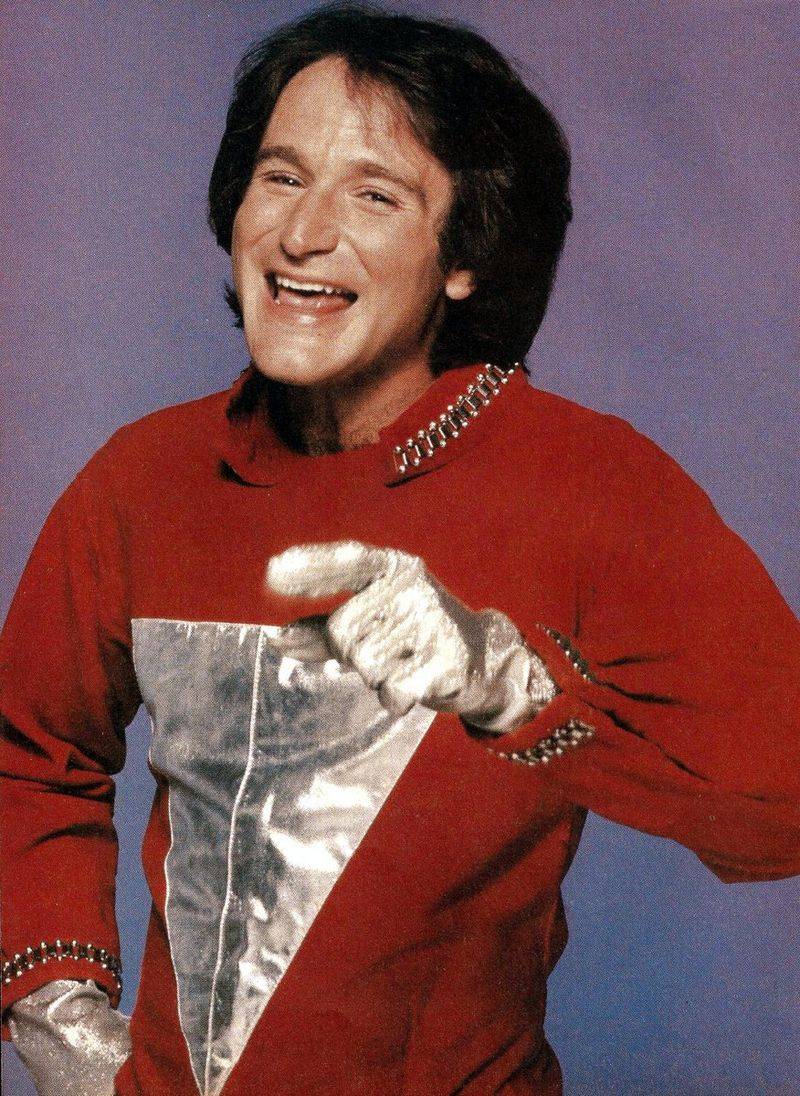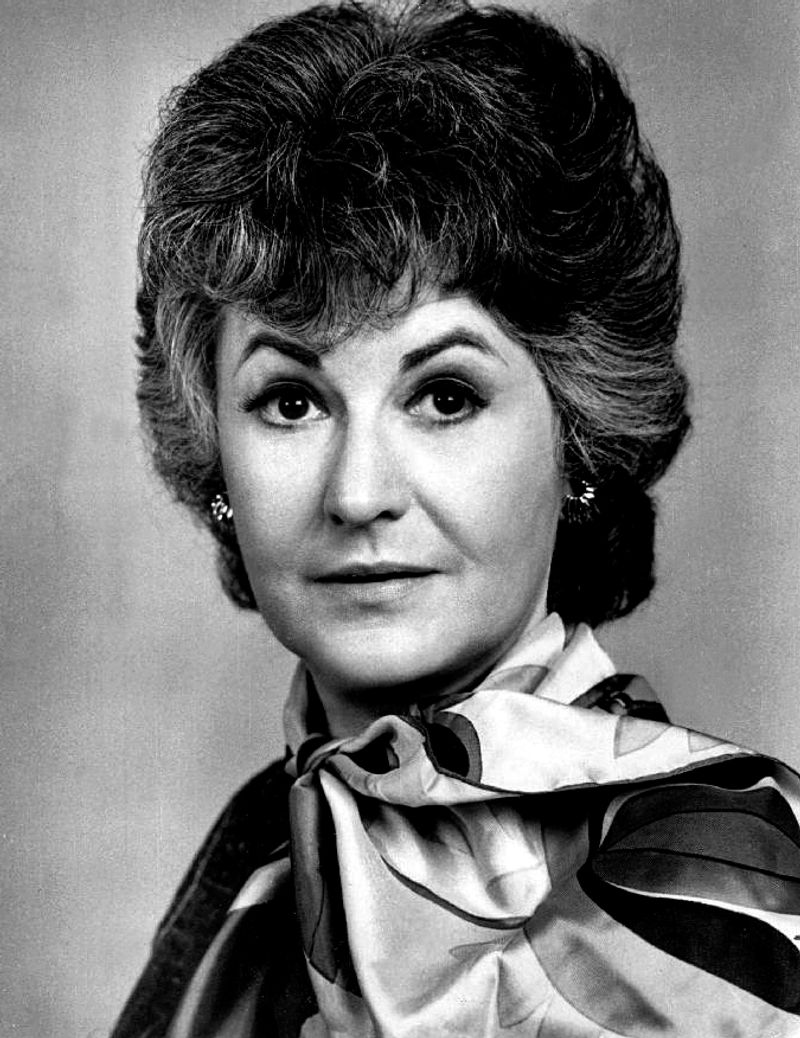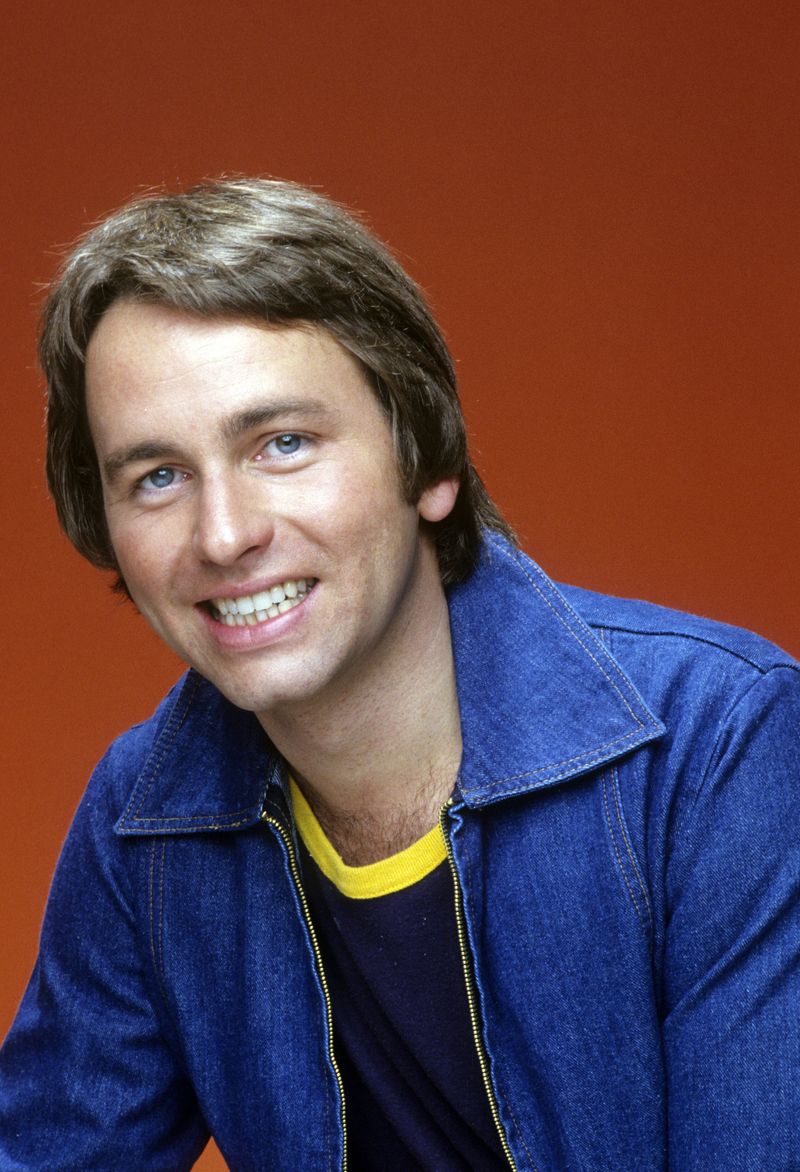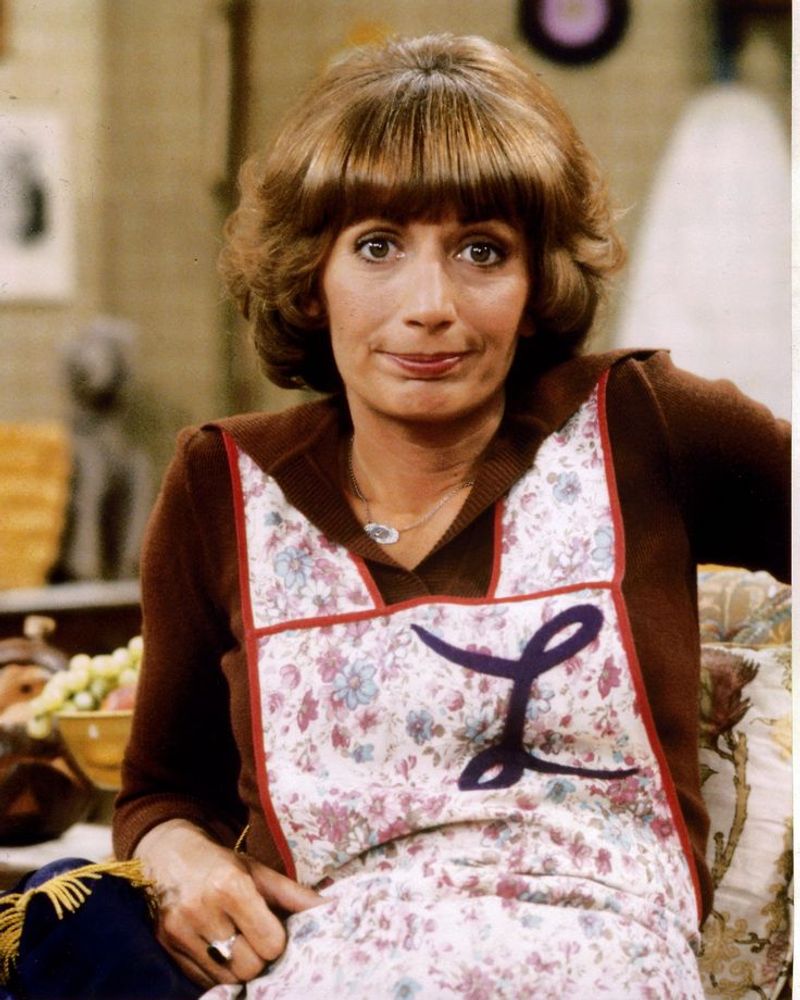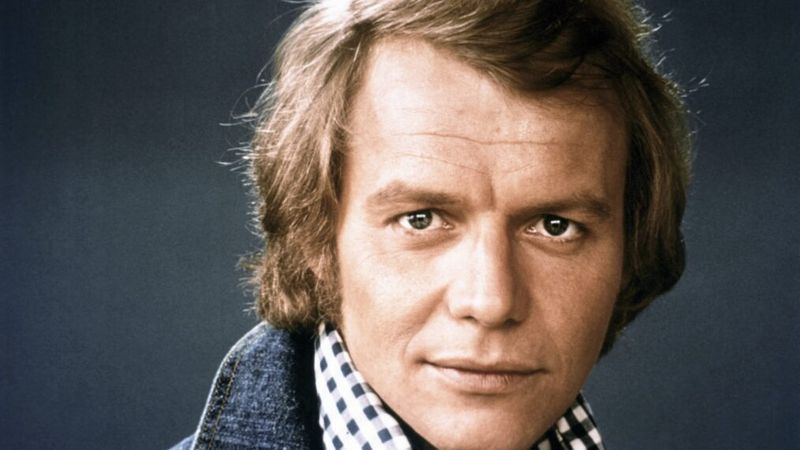The 1970s was a transformative era for television, introducing characters that would become cultural icons. These characters, from comedies to dramas, captured the hearts and minds of audiences and left an indelible mark on pop culture. Each character brought something unique to the screen, reflecting the changing social landscape and providing a mirror to the world. Here, we explore 20 of those unforgettable TV personalities, each with their distinct charm and enduring legacy. From the cool swagger of Fonzie to the heartwarming innocence of Edith Bunker, these characters remain beloved figures that transcend generations.
1. Archie Bunker (Carroll O’Connor) – All in the Family (1971–79)
Few characters define an era like Archie Bunker, the quintessential 1970s patriarch. His gruff exterior and bigoted views often clashed with the rapidly changing world around him. Yet beneath the surface, Archie’s love for his family shone through.
His arguments with his liberal son-in-law, Michael, became a cultural touchstone, highlighting generational divides. This multi-dimensional portrayal earned Carroll O’Connor widespread acclaim.
Archie’s iconic chair even became a museum piece, symbolizing his lasting impact on television history. His unique blend of humor and humanity made him a household name.
2. Edith Bunker (Jean Stapleton) – All in the Family (1971–79)
Edith Bunker’s gentle heart and trademark giggle softened the often harsh demeanor of her husband, Archie. Her unwavering sweetness and genuine kindness made Edith a beloved figure in the 1970s television landscape.
Jean Stapleton’s portrayal added depth to Edith’s character, allowing her to shine in moments of unexpected strength and wisdom. Her interactions with Archie provided a heartwarming counterbalance, often revealing the softer side of her husband.
Despite the many challenges she faced, Edith’s spirit remained unbroken, and her legacy endures as a symbol of love and compassion.
3. Mary Richards (Mary Tyler Moore) – The Mary Tyler Moore Show (1970–77)
Mary Richards broke new ground as a single, career-driven woman on television. Her role as a television producer showcased a refreshing independence and determination that resonated with audiences.
Mary Tyler Moore’s charismatic performance brought Mary Richards to life, making her a role model for a generation of women seeking empowerment and equality in the workplace. Her famous hat toss became a symbol of female liberation.
The show’s success paved the way for future representations of strong, independent women on TV. Mary’s legacy endures as a trailblazer in both television and women’s rights.
4. Lou Grant (Ed Asner) – The Mary Tyler Moore Show (1970–77)
Lou Grant, the no-nonsense news director, embodied authority and mentorship. His gruff exterior often masked a deep care for his staff, making him a beloved figure on The Mary Tyler Moore Show.
Ed Asner’s portrayal of Lou brought a unique blend of humor and humanity, capturing the hearts of audiences. His interactions with Mary Richards highlighted his respect for her abilities, breaking traditional gender roles.
Lou’s influence extended beyond the show, leading to a successful spin-off. His character remains an enduring symbol of integrity and leadership in journalism.
5. Arthur “Fonzie” Fonzarelli (Henry Winkler) – Happy Days (1974–84)
Arthur “Fonzie” Fonzarelli became the epitome of cool, with his leather jacket and charismatic swagger. His signature “Ayyyy!” captured the essence of 1970s coolness.
Henry Winkler’s portrayal made Fonzie a beloved character, appealing to audiences of all ages. Beneath his tough exterior lay a heart of gold, always ready to help friends and family.
Fonzie’s influence transcended the screen, inspiring fashion trends and cultural catchphrases. His character remains a symbol of rebellion and kindness, bridging generational gaps with his timeless appeal.
6. J.R. Ewing (Larry Hagman) – Dallas (1978–91)
J.R. Ewing, the cunning oil tycoon, became one of television’s most iconic villains. His ruthless schemes and manipulations kept viewers on the edge of their seats.
Larry Hagman’s portrayal brought J.R. to life, making him a character fans loved to hate. The “Who shot J.R.?” cliffhanger became a cultural phenomenon, captivating audiences worldwide.
J.R.’s legacy endures as a symbol of power and ambition, reflecting the high-stakes world of business in the 1980s. His character remains a testament to the enduring appeal of complex antiheroes.
7. Lt. Theo Kojak (Telly Savalas) – Kojak (1973–78)
Lt. Theo Kojak, with his bald head and lollipop, became an unmistakable figure in crime television. His catchphrase, “Who loves ya, baby?” resonated with audiences.
Telly Savalas’s charismatic performance brought depth to Kojak’s character, balancing toughness with a sense of justice. His unorthodox methods often led to successful outcomes.
Kojak’s impact on pop culture is undeniable, inspiring countless parodies and references. His character remains a symbol of determination and justice in the face of adversity, leaving a lasting mark on television history.
8. Lt. Columbo (Peter Falk) – Columbo (1971–78)
Lt. Columbo, with his trademark trench coat and seemingly bumbling demeanor, captivated audiences with his unique investigative style. His catchphrase, “Just one more thing,” often preceded a brilliant deduction.
Peter Falk’s portrayal of Columbo showcased a keen intelligence beneath the disheveled exterior, making the character an enduring favorite. His ability to solve cases through observation and wit set him apart from other detectives.
Columbo’s influence on the detective genre remains profound, inspiring future generations of sleuths. His character continues to be celebrated for its charm and cleverness.
9. Capt. “Hawkeye” Pierce (Alan Alda) – MASH* (1972–83)
Capt. “Hawkeye” Pierce brought humor and humanity to the chaos of war, making him a beloved character on MASH*. His wise-cracking personality provided levity amid the grim realities of combat.
Alan Alda’s portrayal captured Hawkeye’s compassion and irreverence, resonating with audiences worldwide. His friendships with fellow medics highlighted his loyalty and camaraderie.
Hawkeye’s character became a symbol of anti-war sentiment, reflecting the era’s social consciousness. His enduring legacy lies in his ability to blend laughter with poignant moments, creating a timeless television experience.
10. Sabrina Duncan (Kate Jackson) – Charlie’s Angels (1976–81)
Sabrina Duncan, the “brain” of Charlie’s Angels, proved that intelligence and style could go hand in hand. Her analytical mind and problem-solving skills made her an invaluable asset to the team.
Kate Jackson’s portrayal of Sabrina brought a sense of sophistication and assertiveness, challenging traditional gender roles. Her character inspired a generation of young women to pursue careers in male-dominated fields.
Sabrina’s legacy endures as a symbol of empowerment and intelligence, highlighting the importance of diversity and teamwork. Her character remains a beloved icon of 1970s television.
11. Jill Munroe (Farrah Fawcett) – Charlie’s Angels (1976–81)
Jill Munroe, one of Charlie’s Angels, embodied grace and empowerment. Her confident demeanor and quick thinking made her a standout character on the show.
Farrah Fawcett’s portrayal of Jill brought a sense of elegance and poise, captivating audiences with her charm and resilience. Her character challenged stereotypes and paved the way for future representations of strong women on television.
Jill’s legacy endures as a model of empowerment and elegance, inspiring generations of women to embrace their strength and individuality. Her character remains a timeless symbol of female empowerment.
12. Kelly Garrett (Jaclyn Smith) – Charlie’s Angels (1976–81)
Kelly Garrett, with her iconic swimsuit poster, became a pop-culture sensation in the 1970s. Her fun-loving personality and charm made her a favorite among viewers.
Jaclyn Smith’s portrayal of Kelly brought a sense of playfulness and allure, capturing the spirit of the era. Her character’s blend of beauty and brains challenged conventional norms, paving the way for future icons.
Kelly’s legacy endures as a symbol of beauty and empowerment, inspiring generations to embrace their individuality and confidence. Her character remains a beloved icon of 1970s television.
13. Luke Duke (Tom Wopat) – The Dukes of Hazzard (1979–85)
Luke Duke, the fearless driver of the General Lee, became a symbol of adventure and charisma in the 1970s. His daring stunts and quick thinking made him a standout character.
Tom Wopat’s portrayal of Luke brought a sense of excitement and charm, captivating audiences with his rebellious spirit. His character’s close bond with his cousin Bo highlighted the importance of family and loyalty.
Luke’s legacy endures as a symbol of adventure and camaraderie, inspiring generations to embrace life’s challenges with courage and determination. His character remains a beloved icon of 1970s television.
14. Bo Duke (John Schneider) – The Dukes of Hazzard (1979–85)
Bo Duke, known for his fun-loving spirit and daring stunts, brought energy and excitement to The Dukes of Hazzard. His adventurous personality made him a fan favorite.
John Schneider’s portrayal of Bo captured his character’s charisma and humor, resonating with audiences of all ages. His partnership with his cousin Luke showcased the strength of family bonds.
Bo’s legacy endures as a symbol of adventure and friendship, inspiring viewers to embrace life’s thrills with enthusiasm and courage. His character remains a timeless icon of 1970s television.
15. Jim Rockford (James Garner) – The Rockford Files (1974–80)
Jim Rockford, the laid-back private eye, became a beloved figure in detective television. His wry sense of humor and knack for trouble made him a relatable and enduring character.
James Garner’s portrayal of Rockford brought a sense of charm and authenticity, capturing the hearts of audiences. His character’s resourcefulness and cunning often solved cases in unconventional ways.
Rockford’s legacy endures as a symbol of wit and resilience, inspiring future generations of detectives to think outside the box. His character remains a timeless icon of 1970s television.
16. Mork (from Ork) (Robin Williams) – Mork & Mindy (1978–82)
Mork, the extraterrestrial from Ork, captivated audiences with his zany antics and “nanoo nanoo” greetings. Robin Williams’s portrayal brought humor and energy to the character, launching his career.
Mork’s childlike curiosity and unique perspective on Earth provided endless comedic moments, endearing him to viewers. His interactions with Mindy showcased the power of friendship and acceptance.
Mork’s legacy endures as a symbol of humor and imagination, inspiring generations to embrace their uniqueness. His character remains a beloved icon of 1970s television, celebrated for its whimsy and creativity.
17. Maude Findlay (Bea Arthur) – Maude (1972–78)
Maude Findlay, the outspoken liberal matriarch, broke new ground in sitcom history with her fearless tackling of social issues. Bea Arthur’s portrayal brought strength and intelligence to the character, making her a trailblazer.
Maude’s sharp wit and unapologetic approach to life resonated with audiences, challenging societal norms and sparking important conversations. Her character’s influence extended beyond the screen, inspiring future generations of strong female leads.
Maude’s legacy endures as a symbol of empowerment and courage, reflecting the changing landscape of television. Her character remains a beloved icon of 1970s television, celebrated for its authenticity and impact.
18. Jack Tripper (John Ritter) – Three’s Company (1977–84)
Jack Tripper, the bumbling roommate on Three’s Company, brought laughter and charm to audiences with his comedic antics. John Ritter’s portrayal made Jack a beloved character, known for his physical comedy and wit.
Jack’s character navigated the complexities of living with two female roommates, creating humorous situations and misunderstandings. His charm and likability endeared him to viewers, making Three’s Company a hit.
Jack’s legacy endures as a symbol of humor and friendship, inspiring future sitcoms with its unique blend of comedy and camaraderie. His character remains a timeless icon of 1970s television.
19. Laverne DeFazio (Penny Marshall) – Laverne & Shirley (1976–83)
Laverne DeFazio, with her distinctive “Schlemiel! Schlimazel!” catchphrase, brought humor and energy to Laverne & Shirley. Penny Marshall’s portrayal made Laverne a beloved character, known for her quirky personality and determination.
Laverne’s friendship with Shirley highlighted the importance of loyalty and camaraderie, resonating with audiences. Her character’s working-class background and dreams of success endeared her to viewers.
Laverne’s legacy endures as a symbol of humor and perseverance, inspiring future generations to embrace their individuality and dreams. Her character remains a timeless icon of 1970s television.
20. Kenneth “Hutch” Hutchinson (David Soul) – Starsky & Hutch (1975–79)
Kenneth “Hutch” Hutchinson, one half of the iconic detective duo Starsky & Hutch, brought a sense of loyalty and determination to the screen. David Soul’s portrayal highlighted Hutch’s deep friendship with Starsky, a cornerstone of the series.
Hutch’s character balanced toughness with compassion, often going to great lengths to solve cases and protect the innocent. His strength and resilience made him a beloved figure in the world of 1970s television.
Hutch’s legacy endures as a symbol of friendship and justice, inspiring future buddy cop shows with its depiction of partnership and camaraderie. His character remains a timeless icon of 1970s television.
